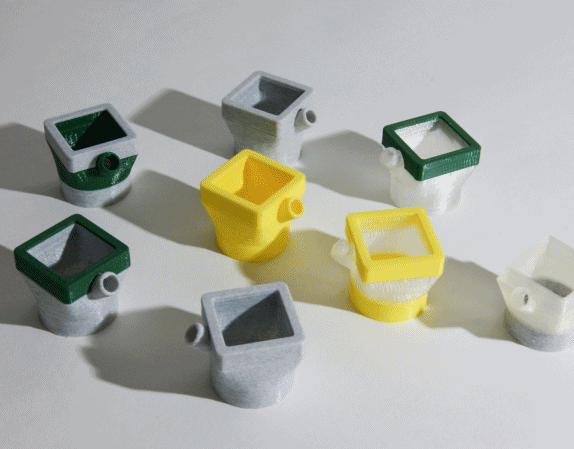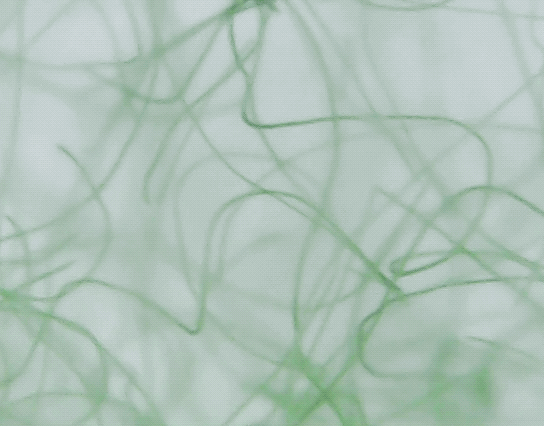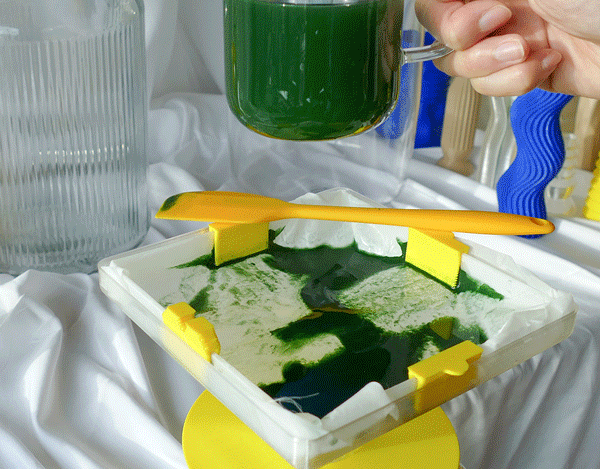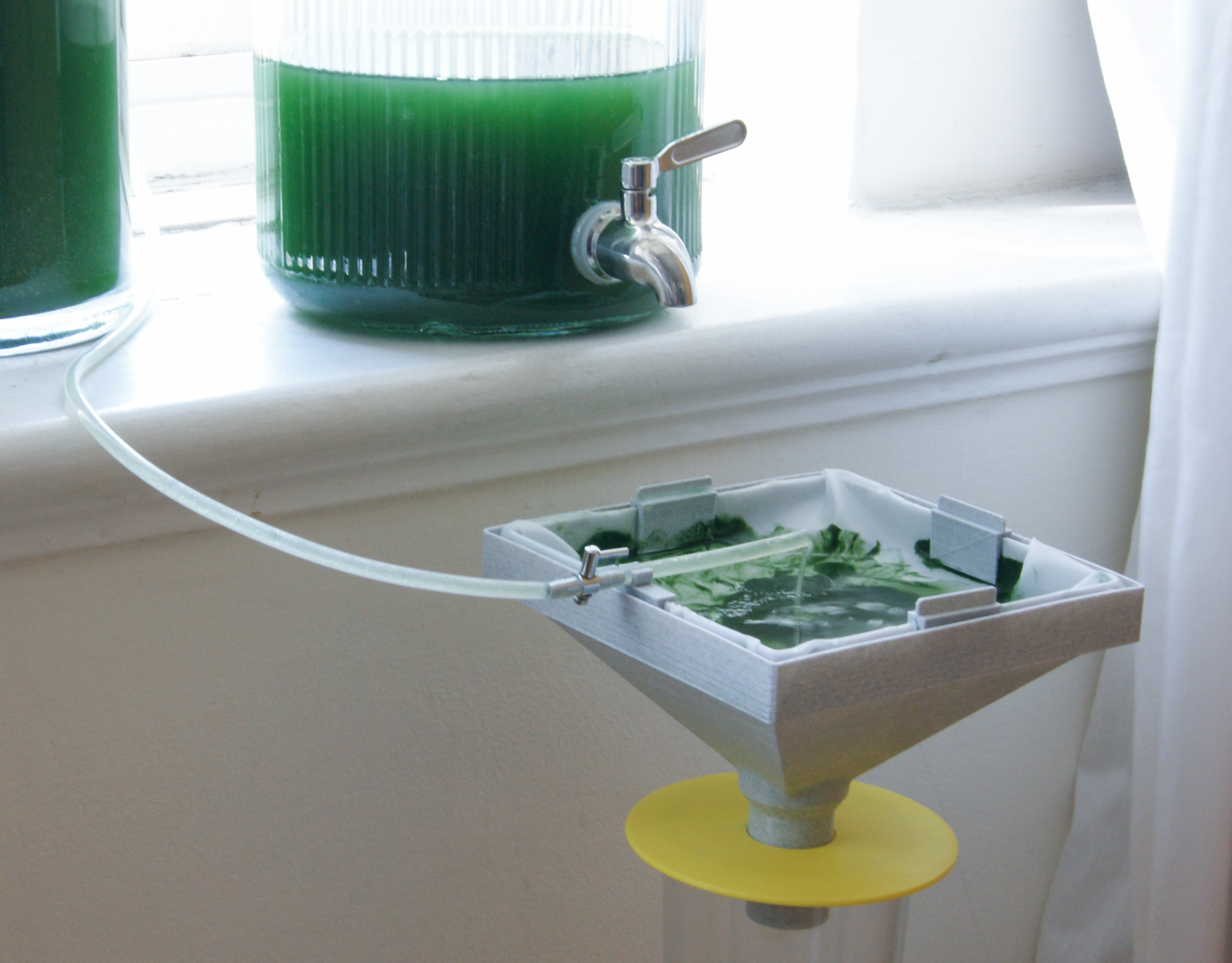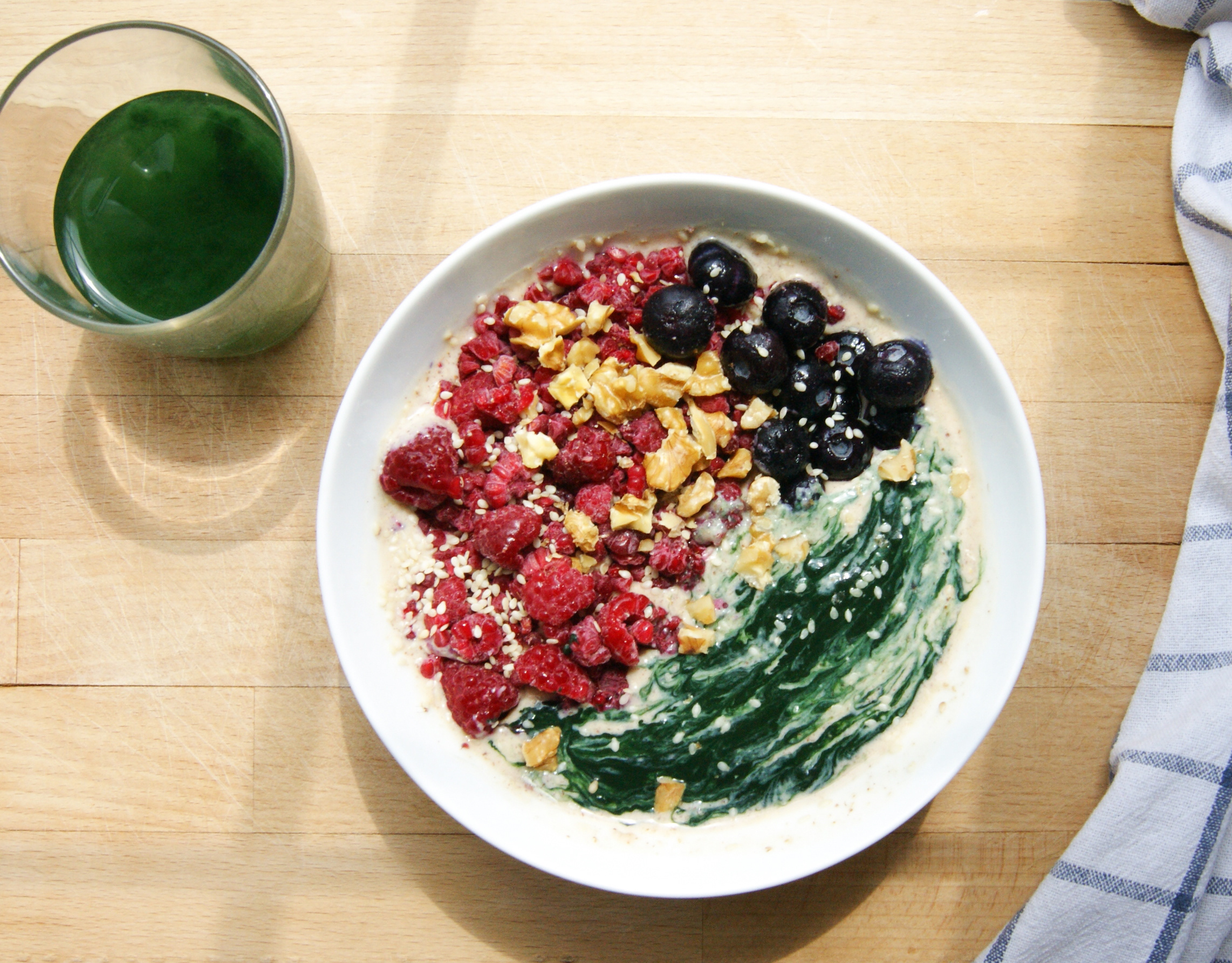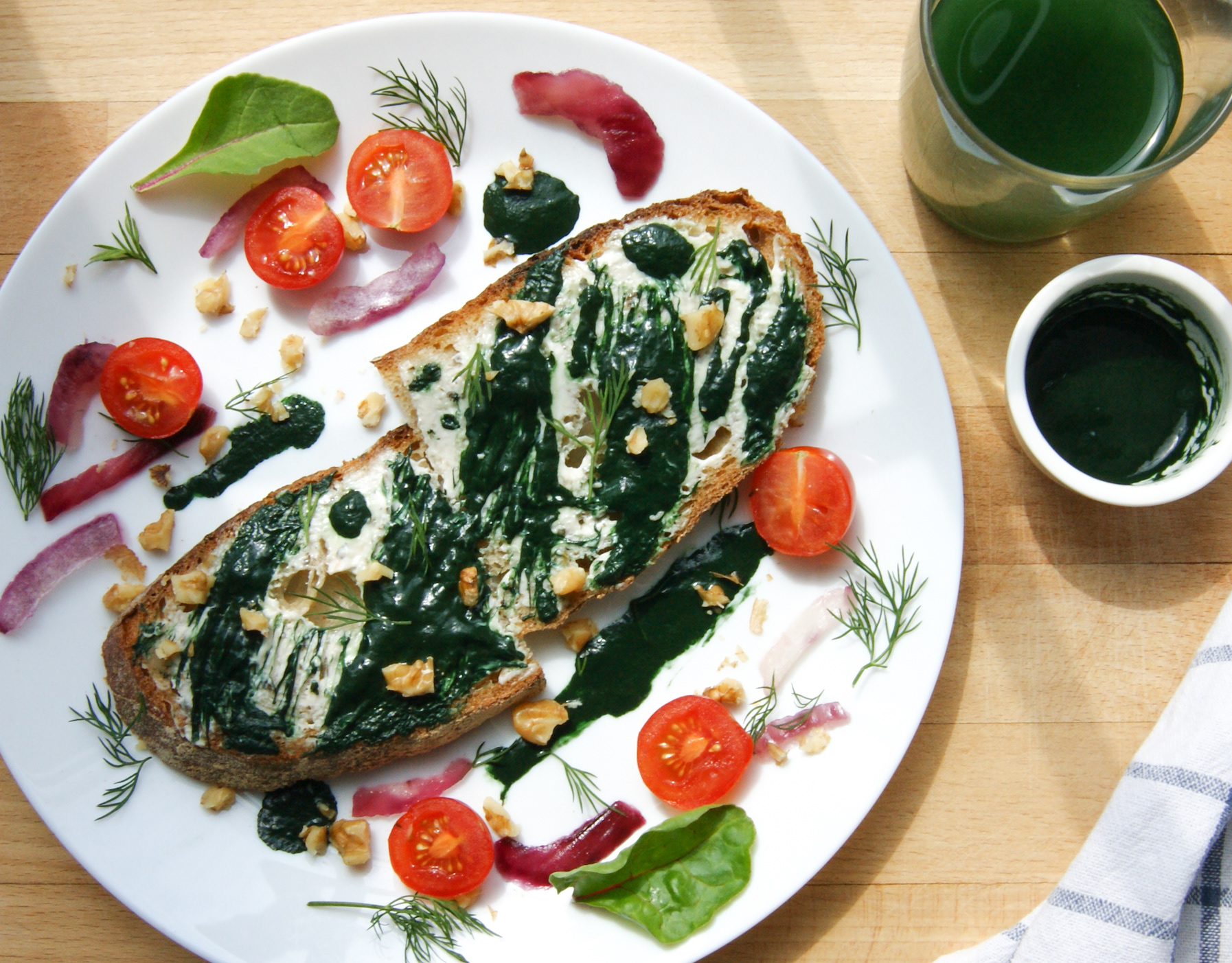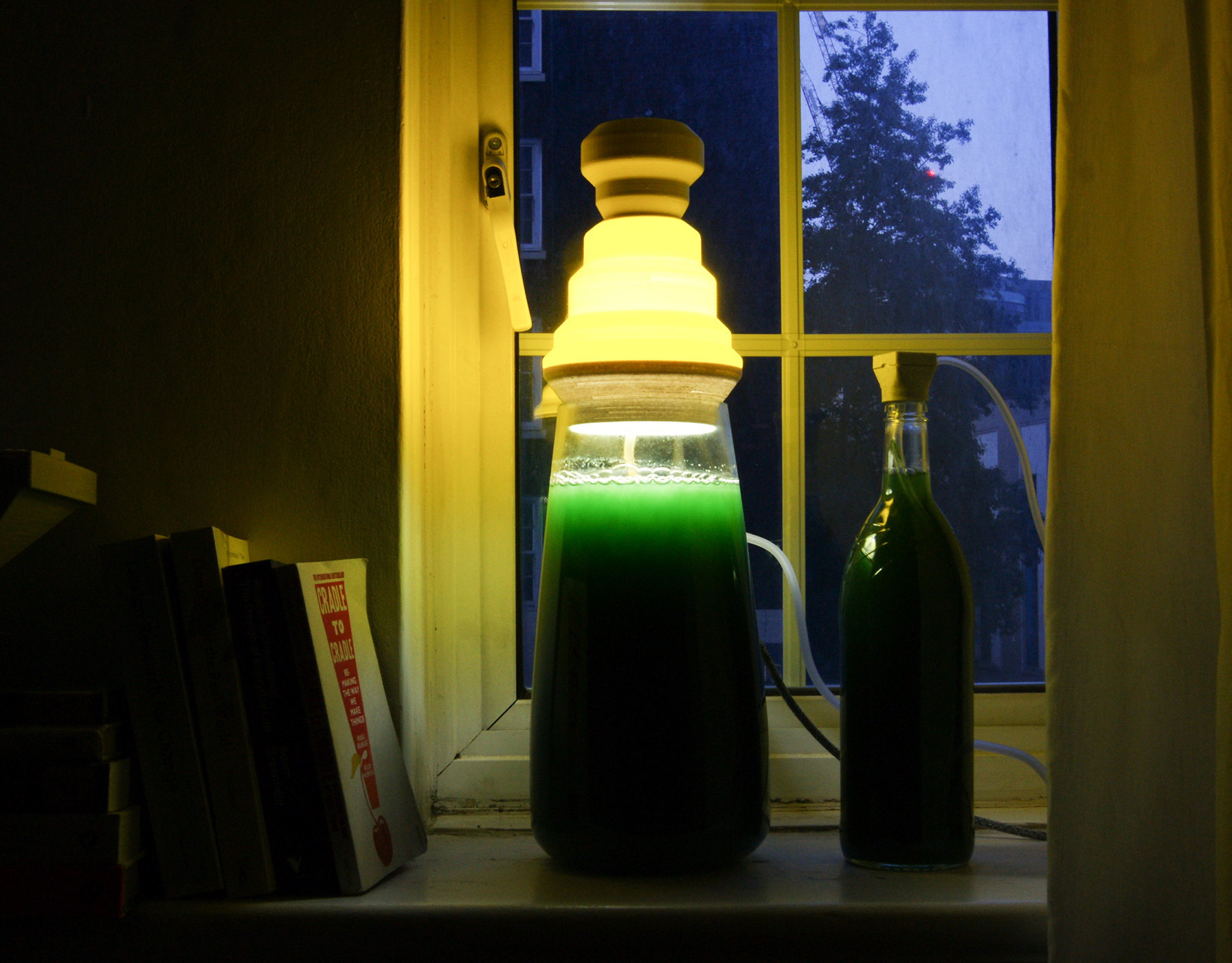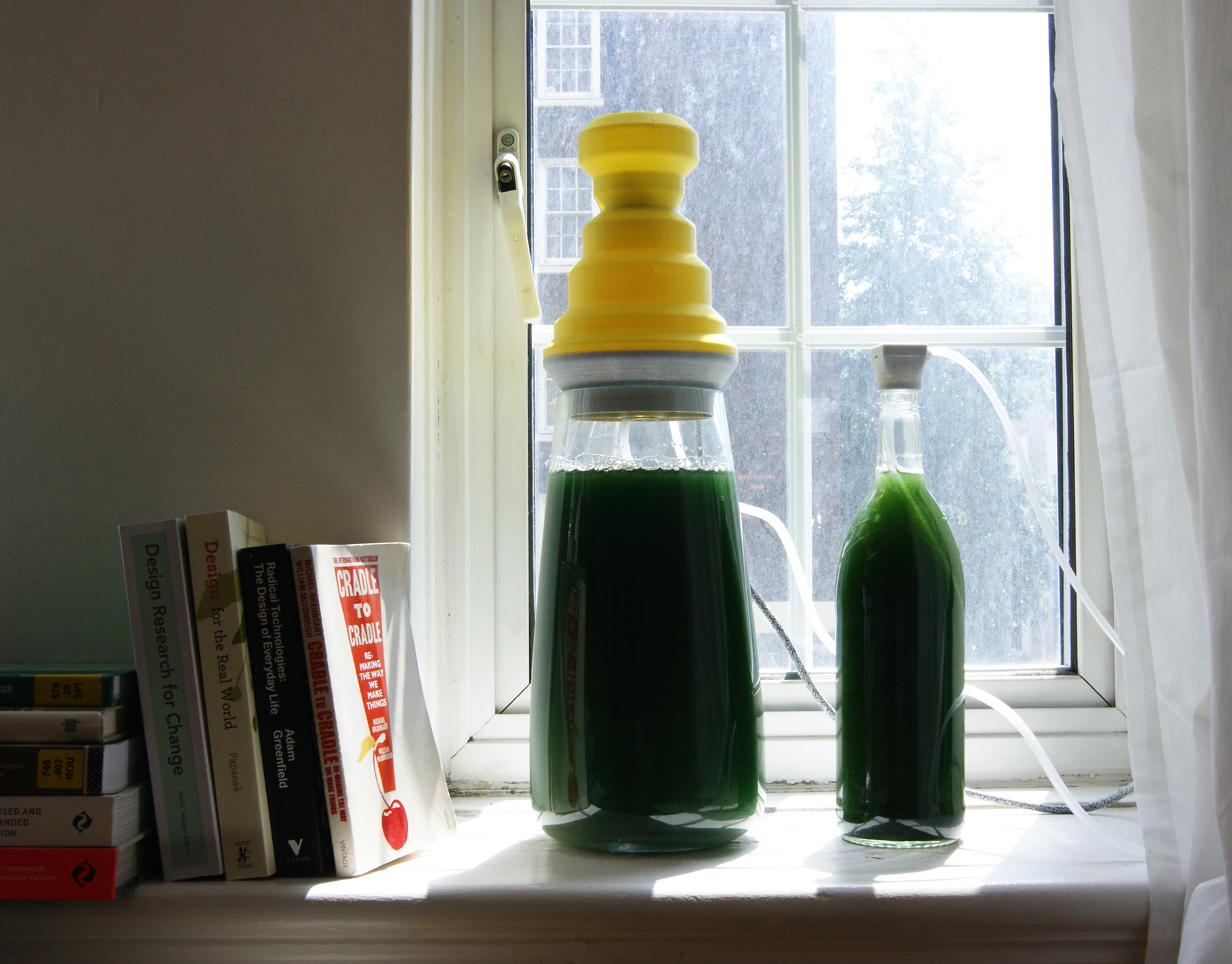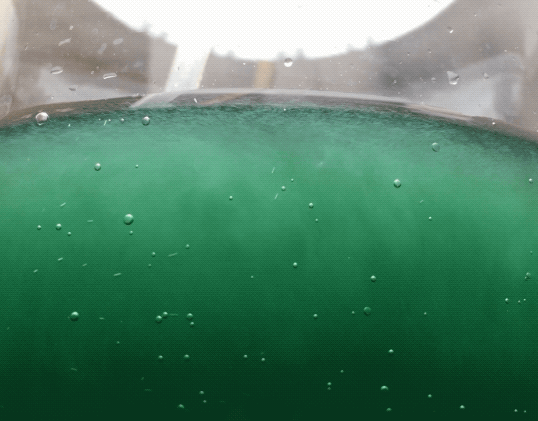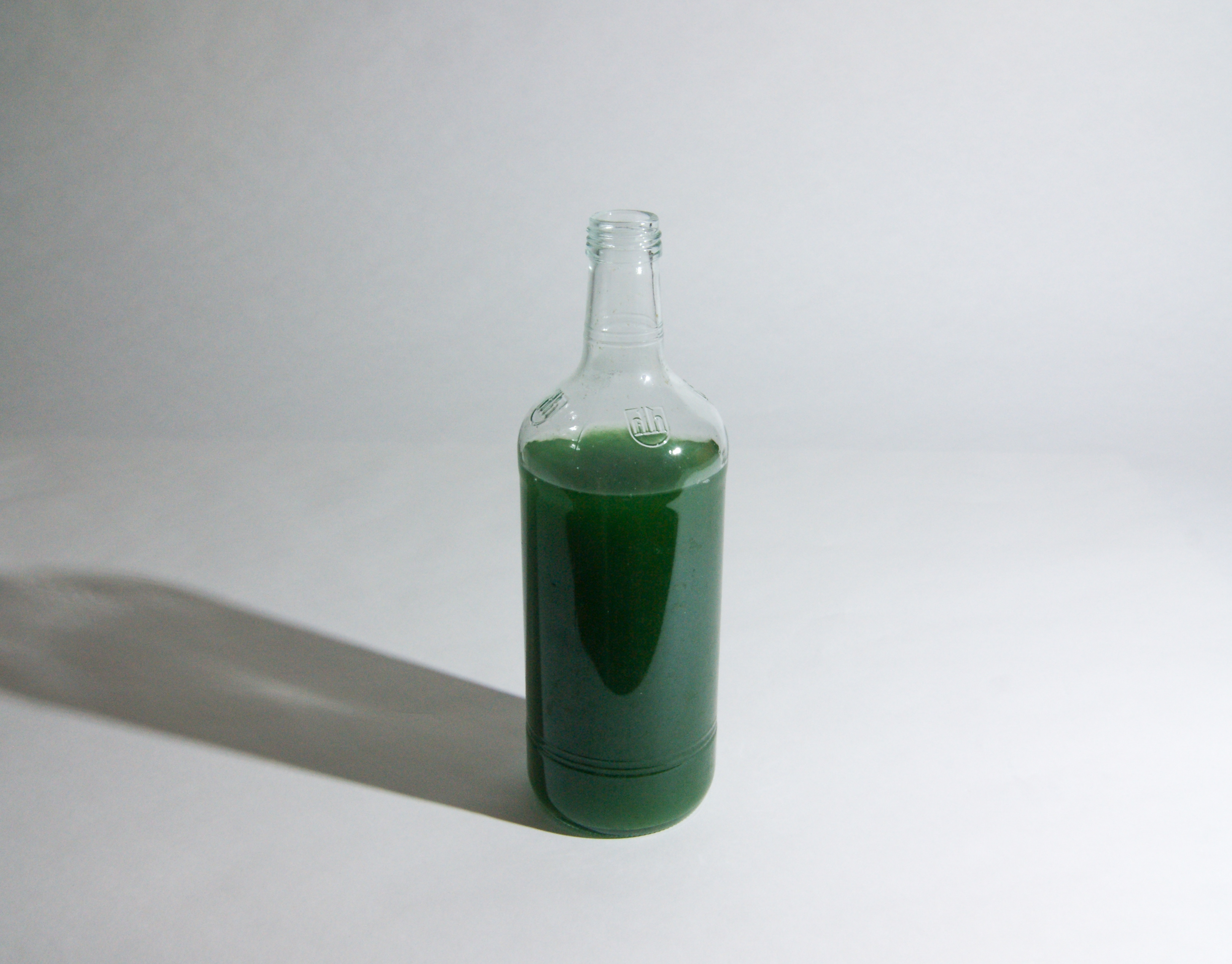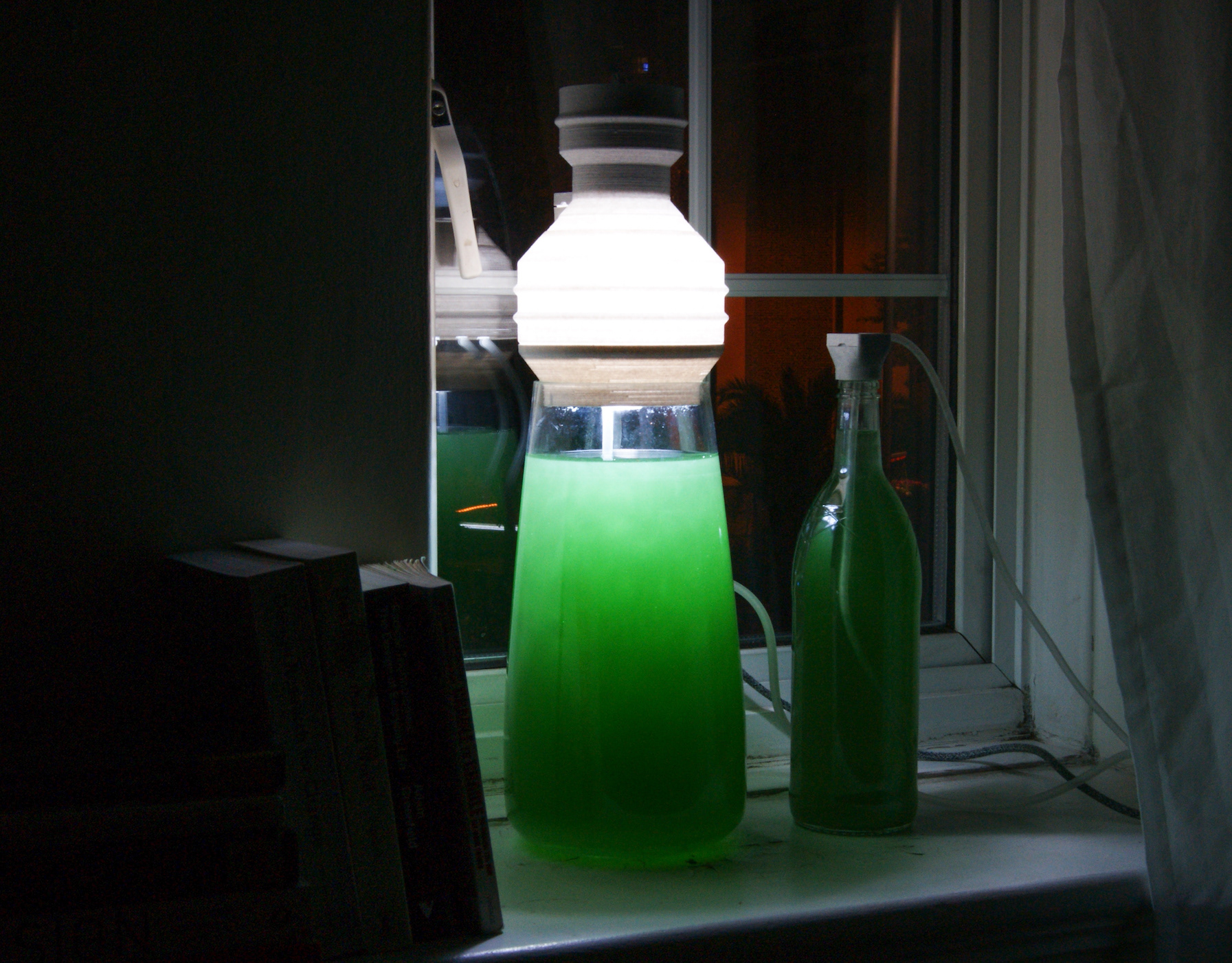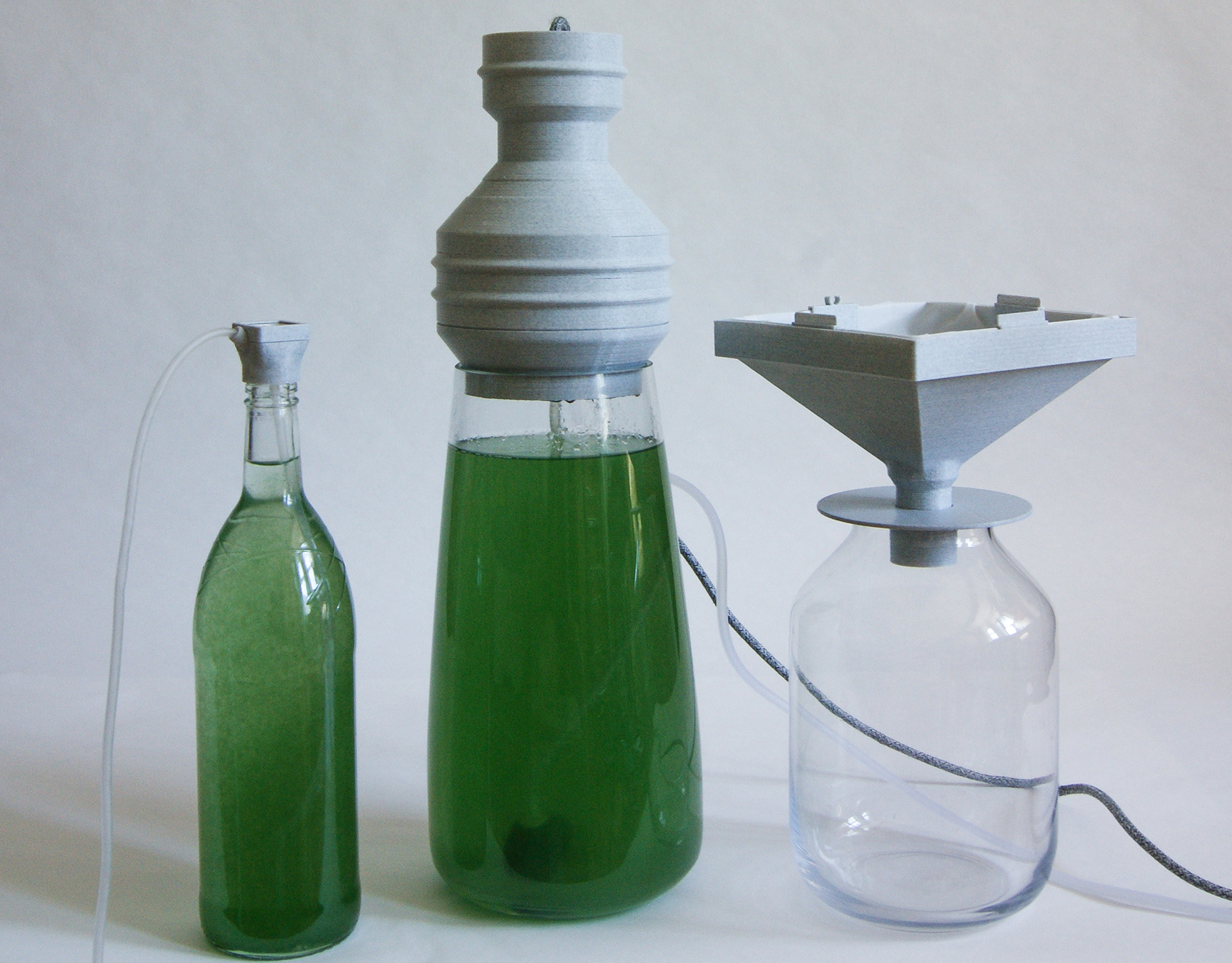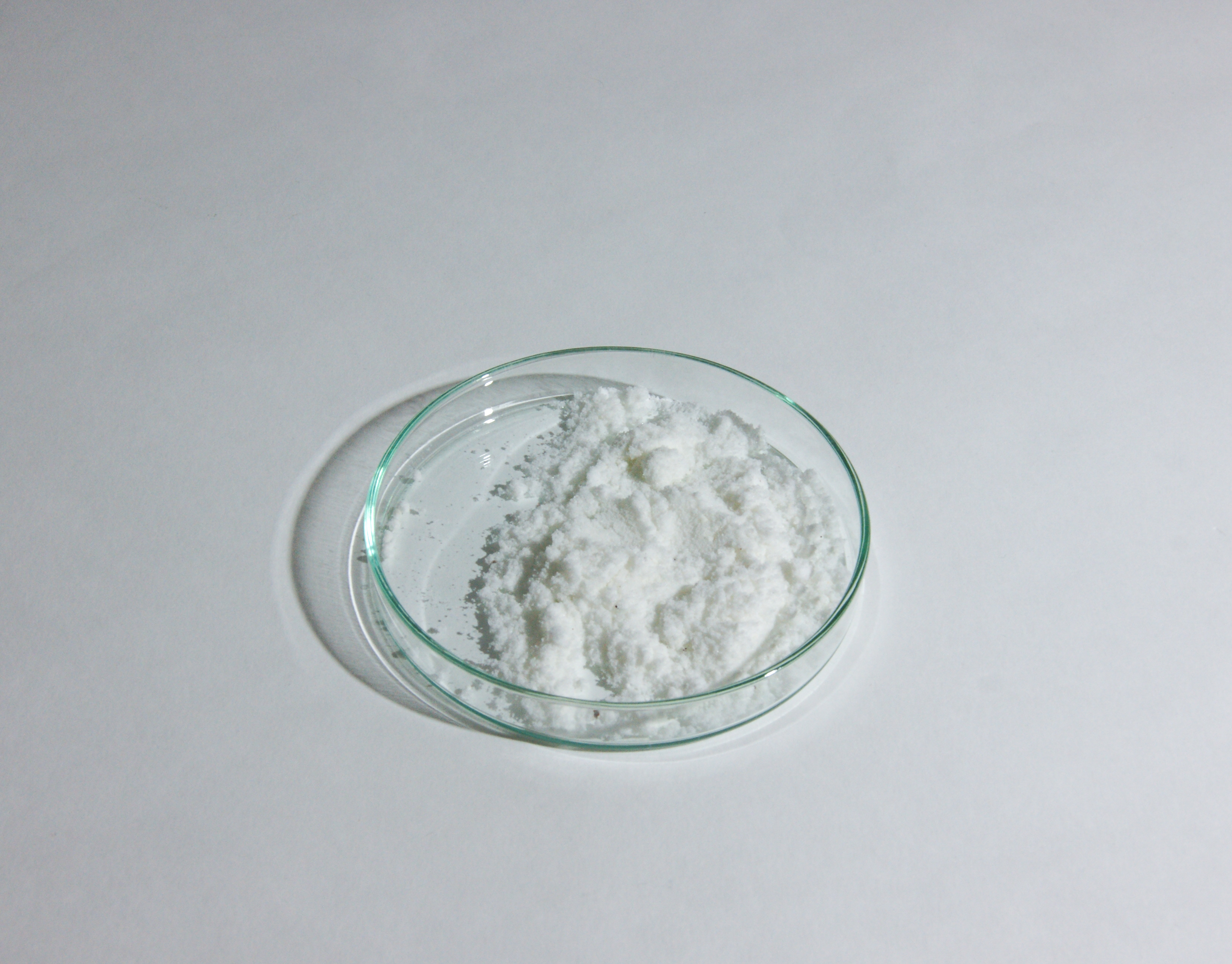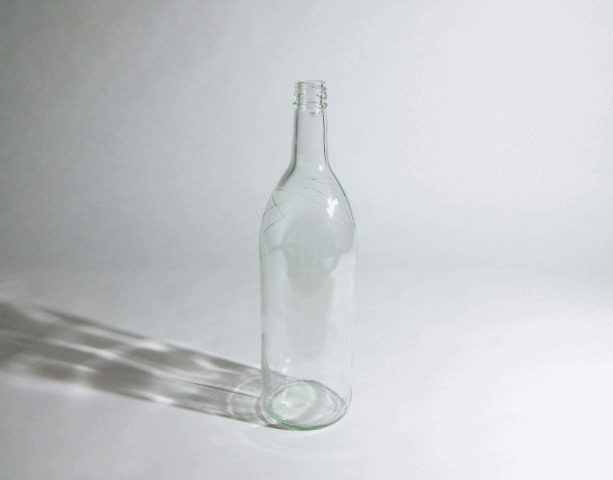3 How to Source Equipment
Please do your best to source all items locally. Online sites are great for research and comparisons, but once you narrow down your items, see if you can get them on your own in town. A well-planned pickup route can have you stocked up and ready to grow in a single day.
3.1 Mandatory Equipment/Materials
⚪️ Lamp Fitting E27
Know how to wire a plug? That's great! Let's find the components...
🔎 DIY Fitting: Search for
• 'Threaded Bulb Holder E27'
→ Plastic/ceramic only, no metal! (overheat is not good for PLA)
→ It's very important to make sure it has a threaded body/ring that can be separated into two parts in order to interlock with the lid when assembling.
• '2 Core Lighting Cable'
→ Recommended minimum length of 2m, don't forget to choose your favourite material/colour.
• 'Fused Plug'
→ This might not be applicable in some countries (plug isn't rewireable).
Don't know how to wire a plug? That's okay, you can go with...
🔎 Pre-wired Lamp Fitting: Search for
• 'Threaded Pendant Lamp Holder Plug E27'
⚪️ LED Corn Bulb E27
→ Please use a corn bulb NOT generic ones because it produces less heat and withstands the humidity well. I tried a generic LED bulb and the lid warped and morphed (PLA will soften at 60℃).
→ Corn bulb is also brighter and requires less energy than a generic bulb.
⚪️ Aquarium Air Pump (for agitation)
→ Get one that is suitable for your container's size.
E.g. I use a very tiny/quiet one (only 1.8W) for a small vessel: flow rate 350ml/min, high energy saving, fits 50-100L tanks.
I also use a very big/powerful one (7W) with multiple vessels for research purposes: flow rate 16L/min, fits 50-100L tanks.
You don’t require much pressure for culture agitation, so you can choose a moderate pump.
⚪️ Aquarium Check Valve
→ Typically included with the air pump. Just make sure that you have this because it prevents the liquid from running back into the air pump. Double check that you connect it in the right direction.
⚪️ Food Grade Silicone Tubing (4mm/6mm)
→ Silicone only, no plastic: prevents chemical leakage, resistant to kink and deformation. Standard inner diameter is 4mm, outer diameter is 6mm.
→ Length: depends on the height of your chosen container and the distance between the air pump/harvesting container (4m should be enough).
🔎 Search keywords: 'Food Grade Silicone Tubing 4mm'
⚪️ Aquarium Air Stone
→ Make sure it's made from non-toxic materials.
My main source finds that air stone puts a strange chemical smell into the water; I suspected that the smell is derived from petroleum-based materials so I sought one made of stainless steel and non-toxic material instead and it's been great so far. The culture does stick to its surface a bit over time (4-6 months) but it's very easy to clean.
🔎 Search keywords: 'Stainless Steel Air Stone Aquarium'⚪️ Aquarium Air Control Valve
→ For adjusting the air pressure for culture agitation.
→ For controlling the flow of the culture when harvesting.
→ Stainless steel: durable, robust
→ The manifold air control valve is recommended for multiple vessels.
🔎 Search keywords: 'Air Flow Control Valve Aquarium' + 'Manifold'
Note: You'll learn more about the adjustment in 'How to Set Up/Harvest'.
⚪️ Tube Connectors
→ In case you plan to expand to other containers or connect/extend shorter tubes.
→ Or you can buy them from local aquarium stores.
→ Available to download in '3D Resources'.
🔎 Search keywords: 'Airline Tubing Connectors Aquarium'
⚪️ Kitchen Scale
→ For measuring the culture medium mix and the harvested Spirulina
→ I hope you don't have to buy this. If you do, aim for a high precision one (0.01g)
🔎 Search keywords: 'Kitchen Scale 0.01g'
⚪️ Baking Spatula
→ For spreading the culture around when harvesting.
→ No need to get a new one if you have one lying around in your kitchen!
→ No? Your local stores should definitely have it.
⚪️ Nylon Filter Cloth (300-500 mesh | 25-40 microns [μm] ) Food Grade
→ For attaching to the harvesting funnel.
→ Aim for the finer mesh (500 mesh | 25 microns [μm]) so that fewer Spirulina filaments pass through the fabric. But if your Spirulina has a very spiral coil then you can opt for the 300 mesh. You'll need a USB microscope to inspect this (more information below). Personally, I don't think the microscopic inspection is mandatory—if you opt for the 500 mesh, you're good.
→ You don’t need a lot of it. (you'll only need about 40x40cm but it is good to have an extra section as a spare)
🔎 Search keywords: 'Nylon Filter Cloth 500 Mesh'
For UK residents, I recommend this company. 🇬🇧
→ For measuring culture concentration (as an indicator of when to harvest, or estimate the growth rate)
→ Available to download in '3D Resources'.
→ Or you can make your own. I think you can be creative when you understand the basics. If I didn't have a 3D printer, I'd create this from something I already have in my room/kitchen too.
Note: You'll learn more about the Secchi ruler in 'How to Harvest'.
⚪️ Litmus Paper / pH Strips
→ Tracking the pH level is important for mixing the culture medium, it can be an indicator of how well the culture is doing (as Spirulina grows the pH increases) and when is the best time to harvest/renew the culture.
Note: You'll learn more about evaluating your success in 'How to Maintain'.
⚪️ Plug-in Timer
→ Not mandatory since you can switch the air pump on/off manually but is highly recommended because it helps significantly with culture agitation during the night (fewer clumps/sediment of dead Spirulina).
Note: You'll learn more about the agitation in 'How to Maintain'.
⚪️ Thermometer
→ Not mandatory but tracking temperature is important for observation and growing improvement.
🔎 Search keywords: 'Glass Aquarium Thermometer'
Note: You'll learn more about the temperature in 'How to Maintain'.
I sourced all of these with a budget of £70-90. Please note that the price depends on where you are and how you source the equipment.
3.2 Optional Equipment/Materials
⚪️ Aquarium Heater
→ Spirulina grows best in 35 – 37℃ (95º- 98℉)
→ I've tried growing Spirulina both with/without the heater. Based on my observation, I don't think it is necessary. If it gets enough sunlight during the day and artificial light during the night, it's fine If you live in a cold place (< 18-20℃) that doesn't have a heating system, you might need a heater.
→If you wish to purchase, consider the wattage based on your container, e.g. a 25W heater works with a 5 gallon (22.7L) fish tank.
→ The black air suction that comes with the heater puts a chemical smell into the water, another reason why I wanted to avoid it.
Note: You'll learn more about the temperature in 'How to Maintain'.
⚪️ USB Microscope x200-400
→ Though most microorganisms cannot thrive in an alkaline environment (> pH 10.5) except for Spirulina. I recommend double-checking if the culture is invaded by harmful bacteria ( it's likelihood depends on the conditions).
→ You can find budget USB microscopes online for £20-40.
→ You can also use a magnifying glass x45 (or more) as an alternative, though it would be less effective.
⚪️ Pipette / Baster
→ For removing some clumps on the surface, or transferring the culture in a small amount (microscopic inspection/experiment/research).
If you're not planning to use Spirulina Society's harvesting funnel. You'll need:
⚪️ Regular Funnel
→ For transferring culture medium and Spirulina into bottles (for backup).
⚪️ Clothes Pegs / Clips + Bucket
→ For fixing the filter cloth onto a bucket for the harvest.
Tips on How to Shop Responsibly/Sustainably
This is similar to how to shop for containers:
• Opt for local stores → aim for products that were manufactured locally.
• Avoid delivery, go shopping on foot if possible.
• If purchasing online, opt for local/small businesses, choose an economy delivery option.
Message from the Creator
If you're not familiar with DIY basic skills like wiring a plug, consider this a great learning experience that benefits your DIY future! The more you can repair, the more sustainable your projects are. Stay tuned for a video on how to wire a plug and bulb holder. In the meantime, you can look up “how to wire a plug” on the internet.


